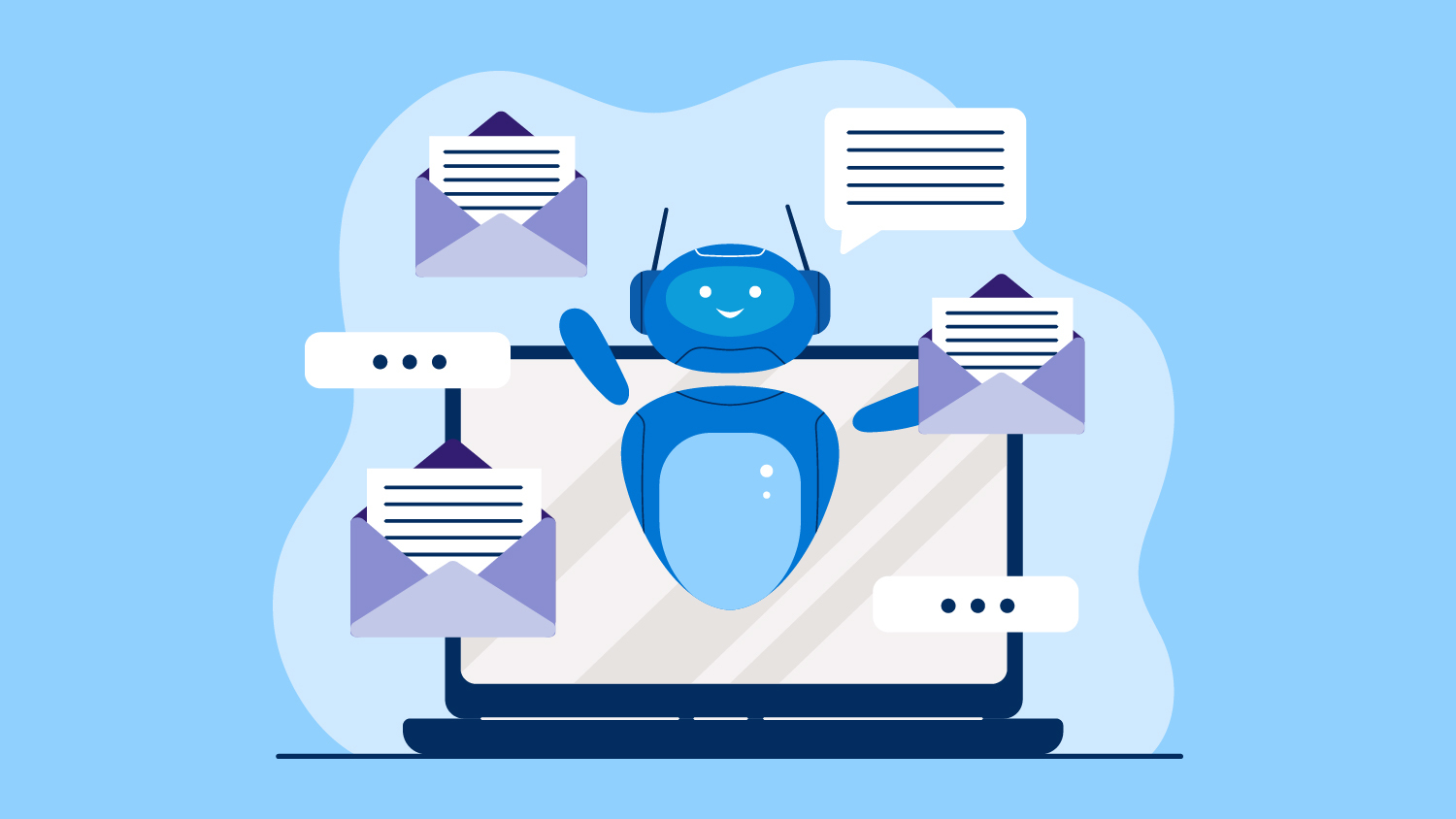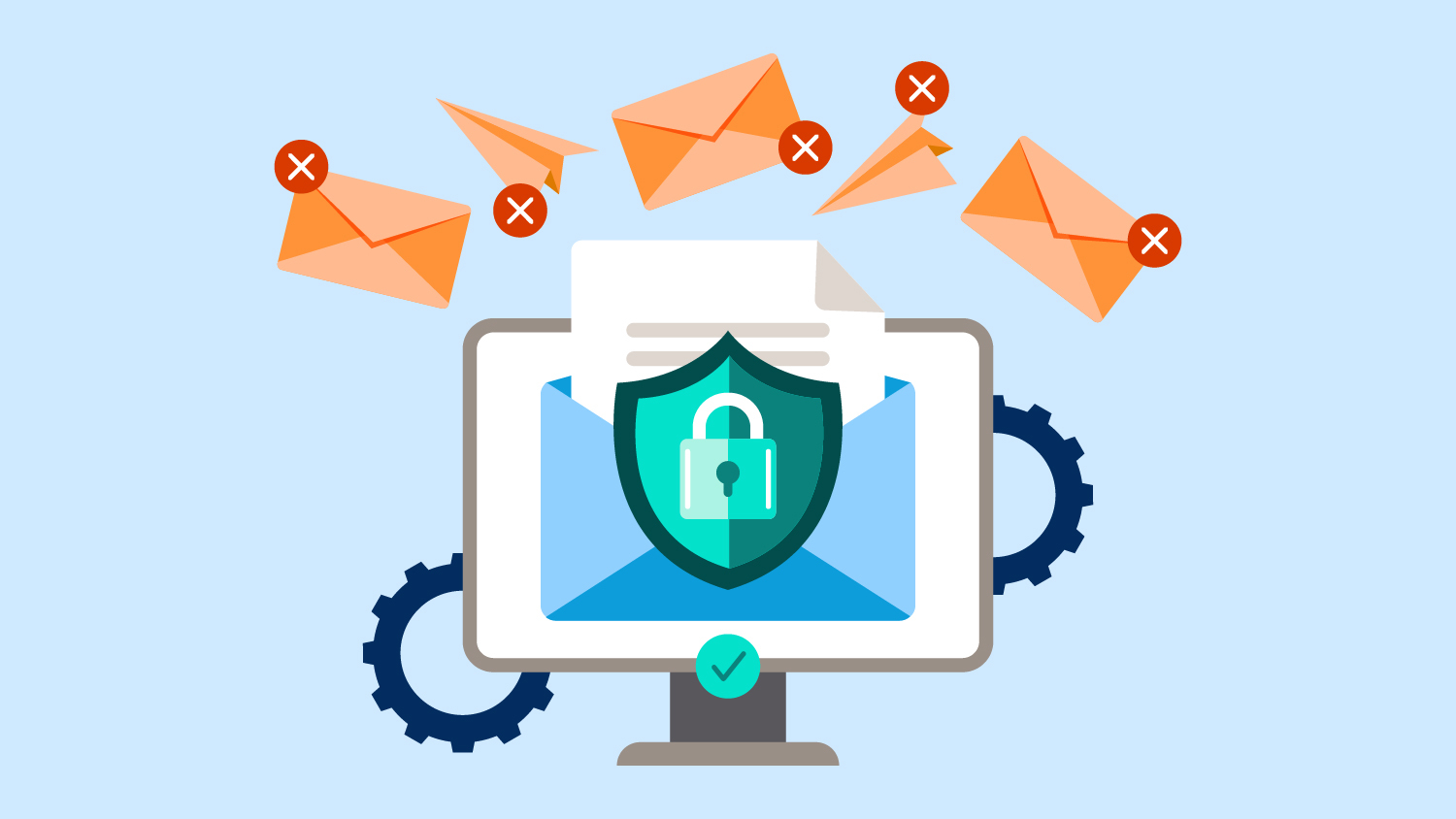Dynamic Email Content is What Customers Crave: Here’s How To Deliver

Looking for a better way to personalize your emails and connect with customers? See what dynamic content can do for you.
What you’ll learn
- What is dynamic email content?
- First- and zero-party data is more important than ever
- Popular types of dynamic email content
- Dynamic email content can be done simply
- How to give email subscribers what they want
Customers don’t want to feel like just another number to your brand. Going with a generic “batch and blast” email marketing strategy is sure to land you in the customer’s filters — or worse, having them unsubscribe. But with dynamic email content, you can create a relevant and timely experience they’ll remember (for all the right reasons).
In an era where privacy and security dominate the headlines, you might be surprised to find that 83% of consumers are willing to share personal data in order to receive more personalized experiences. That’s not just an interesting tidbit to keep in mind. It’s proof that people expect personalized experiences from brands.
This tradeoff – data for personalization – means that marketers have a significant opportunity if they uphold their end of the bargain. And nowhere is this more true than in the inbox. Dynamic email content allows you to create timely personalized messages that update when the message is opened. This gives readers the personalization they’ve come to expect.
There’s more incentive for email teams than just giving people what they want (although, that should be reason enough). The modern email sender requirements and evolving consumer preferences mean marketers must prioritize creating highly engaging and relevant emails in order to avoid lackluster performance that could land emails in the spam folder.
However, recent developments, such as the loss of third-party cookies, make it increasingly challenging to acquire the right data to personalize emails.
Let’s dive into some of the tactics and resources at your disposal that will help you achieve quick email marketing wins without the heavy lift by eliminating the manual work to create an impactful experience in the inbox.
Start sending better emails
What is dynamic email content?
Dynamic email content, often called live email content, refers to messages that change based on the subscriber’s personal preferences or history with your website.
When you think about a personalized experience, your first thought might be an ad in your social media feed based on your browsing history, but dynamic content email offers something different.
It’s like curating a shopping experience tailored specifically to your customers’ needs and interests. This level of personalization not only increases engagement but also fosters loyalty towards your brand.
By using dynamic content such as live polls or customized product recommendations, you can tailor your emails to each subscriber, making them feel valued and understood. Encouraging interaction within your emails can only enhance the overall experience subscribers have with your brand in the inbox.
It’s amazing that something as simple as a live poll could transform an email campaign, but ByLaurenJean did just that. They took a static email about diamond rings and upgraded it with a dynamic live poll asking subscribers which diamond cut they liked better. The result: the live poll email drove a 53% higher click through rate than the static email.
Other teams have realized the true value of email personalization and dynamic email content. At Litmus, we’ve seen customers implement dynamic email content and achieve real results. On average, brands saw:
- A 76% increase in click through rate.
- A 45% increase in conversion rate.
- A 49% increase in average order value.
- A 96% increase in revenue.
That’s no coincidence. This type of content engages audiences and moves them to take action. That’s a crucial detail, not just for your business’ bottom line, but for the health of your email program too.
Email engagement — like unique and total opens, unique and total clicks, replies, forwards and so on — are key indicators for inbox service providers (ISPs) as to whether your email is delivered to the spam folder or not. The more the audience engages with your emails in the inbox, the more the ISP “trusts” your brand to be a good sender.
By providing fun, engaging emails that encourage a click, you signal to the ISP that your brand is sending relevant emails that should be delivered to the inbox.
As a bonus, you’re able to learn more about what subscribers like and how to deliver them more personalized emails, which takes us to the next element of dynamic email content: data.
First- and zero-party data is more important than ever
A key piece in the whole email personalization process is uncovering subscriber data so you can deliver those personalized experiences.
As we bid farewell to third-party cookies, the significance of first-party data becomes more pronounced than ever. Email, with its direct line of communication to subscribers, emerges as a goldmine for collecting first-party data.
By providing subscribers with interactive elements and opportunities to engage, you can gather valuable insights into their preferences and behavior, fueling further personalization efforts.
You can also incorporate subscriber behavior on your site to deliver them personalized messages.
UK hospitality brand icelolly.com tapped into dynamic email content by displaying searched and abandoned deals, improving internal efficiencies and boosting relevancy for their customers. The effort resulted in a 35% higher open rate, a 201% increase in click-through rate and a 45% increase in conversion rate.
When you responsibly collect subscriber data and use it for good, subscribers will reward you with loyalty and engagement within the inbox.
Popular types of dynamic email content
We’ve seen a few examples of brands that have successfully incorporated dynamic email content into their email marketing strategy. There’s no shortage of dynamic elements to introduce into your email campaigns, but here are a few highlights:
Live polls
Engage subscribers and gather valuable insights simultaneously with live polls embedded within your emails. By encouraging participation, you not only collect first-party data but also foster a sense of community and interactivity.
Scratch-offs
Let your subscribers unveil a promotion code or announcement in a playful interactive email experience.
Personalized images
Surprise and delight your audience with dynamic images that update based on the subscriber’s preferences and interests.
Interest signals
Captivate your subscribers’ attention through the power of social proof. Your audience can see how many other recipients have checked out a product or promotion, encouraging them to join the fun.
Countdown timers
Spark urgency and FOMO (fear of missing out) with countdown timers highlighting limited-time offers or upcoming events. By tapping into the psychological principle of scarcity, you can compel subscribers to take immediate action.
Dynamic banner images
These can update depending on the time of day the email is opened or pull in unique subscriber names.
Live social feeds
Insert your real-time social feed into emails, providing more opportunities to promote your brand and engage with your subscribers.
These innovative features not only grab attention, but also create memorable experiences that set your brand apart.
Pond Planet successfully incorporated several different types of dynamic content into their email campaigns. The team employed live social feeds, countdown timers and dynamic banners into their emails, and ultimately increased click through rate by 61% and conversion rate by 14.5%.
These results did not require a ton of heavy lifting on the Pond Planet team’s part. They were able to automate much of the messaging and the dynamic elements updated on their own.
Dynamic email content can be done simply
Personalization with dynamic email content may feel like it would come at a cost, as time and resources are finite. But incorporating dynamic elements doesn’t have to add significant workload to your email workflow.
On the contrary, you can create personalized emails with a no-code solution or build a template so your team can implement it on an ongoing basis.
“In a world of crowded inboxes, personalization is your key to standing out against the competition,” said Tracie Pang, email marketing manager at Litmus. “When done correctly, it can be rewarding for your brand and customers.
“From a brand’s perspective, you’re allowing your audience to engage with your emails and collect first-party data. More engagement will drive traffic to your site and can even help your email program’s sender reputation. On the flip side, customers will remember having a positive experience with your emails. They will be eager for more the next time you pop up in their inboxes.”
PrettyLittleThing knows the value of understanding their subscribers. The online boutique drove a 38% increase in clickthrough rate by setting up an automation in their birthday emails to subscribers that showed the correct star sign content based on the date of opening. The whole program is set up once and automatically updates. It’s also very easy to update the content at any point.
They simply updated the rule with new content and the HTML will update going forward, without ever needing to press pause. You can make personalized dynamic email content without heavy lifting, meaning you get the results without exhausting your time and resources.
How to give email subscribers what they want
As consumers crave authenticity and relevance, dynamic email content has emerged as a beacon of opportunity for marketers.
By harnessing the power of personalization and in-the-moment engagement, you can not only meet but exceed the expectations of your audience.
Incorporating those delightful and dynamic elements – whether that’s live polls, countdown timers, or custom images – invite engagement and create micro-moments of connection with your audience. That’s how you can move your brand forward and build better customer relationships.
This blog post was authored in partnership with Litmus.
What’s top of mind for marketers?
We asked more than 4,800 marketers about how they’re using new data and AI tools. Read up on the latest trends today in our new State of Marketing report.
































